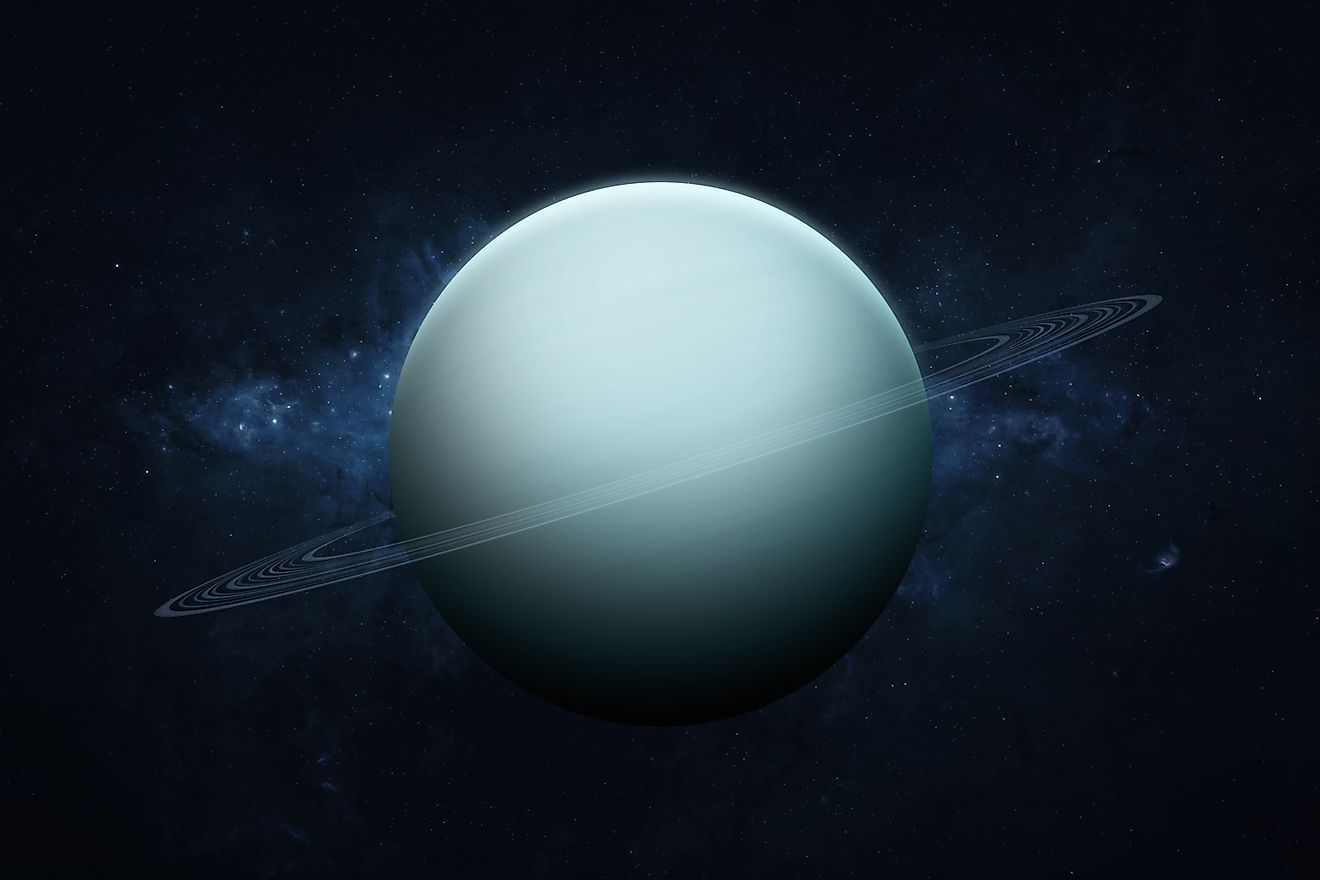
Why Don’t Mercury And Venus Have Moons?
When we look out into the solar system, we can see that one or more moons accompany nearly every planet. Even distant Pluto has its own system of moons. Moons are a general rule for planets, yet there are two exceptions to this rule in our solar system: Mercury and Venus. Of the eight planets in the solar system, all have moons except for Mercury and Venus. This is rather strange, and the exact reasons why these two worlds are missing any natural satellites is still somewhat of a mystery. So why don’t Mercury and Venus have moons?
Why Doesn’t Mercury Have Any Moons?

The reasons behind Mercury’s lack of a moon system are more straightforward than Venus. Mercury is the smallest planet in the solar system by size and mass. Given its small size, Mercury does not exert a strong gravitational field, making it difficult for the planet to hold onto anything in orbit. Furthermore, Mercury’s proximity to the Sun would make it difficult for any moons to stay in orbit around Mercury. The gravitational pull of the Sun is too strong, and any moons that would have formed around Mercury would quickly be pulled away by the Sun’s gravity. When we consider Mercury’s mass and its distance from the Sun, it makes sense that it doesn’t have any moons. Is it possible that a moon or moons tried to form around Mercury, but they didn't last long?
Why Doesn’t Venus Have Any Moons?

Venus is more complicated than Mercury due to the fact that Venus is far larger. At 80% of the mass of the Earth, Venus’ gravitational field would be more than strong enough to hold onto any moons. However, Venus is still significantly closer to the Sun than Earth, and the gravitational pull of the Sun would make it difficult for any moons to remain in orbit. However, it is still possible for Venus to hold onto one or more moons. In fact, it is generally accepted that Venus did have a moon at one point in its history. Shortly after the planets formed, they underwent a period of bombardment. Although our solar system contains eight planets today, there were likely hundreds shortly after the formation of the Sun. Collisions between planets would have been common. In some cases, the collisions would have destroyed the colliding worlds. However, if a planet got lucky, the collision would occur under the right conditions. Instead of breaking apart, debris would be ejected into orbit and coalesce to form a moon. Scientists believe this is how Earth’s moon formed billions of years ago.
Like the Earth, Venus had undergone some catastrophic collisions with other planets. Scientists believe that Venus experienced two planetary collisions. The first collision resulted in the formation of a moon in orbit around Venus. The second planet collided with Venus opposite its rotation, causing Venus to start rotating the other way. It may not seem significant that Venus began turning in the opposite direction, but the rotation profoundly impacted its moon. During its original orientation, Venus gradually transferred some of its rotational energy to its moon, causing it to drift further away slowly. This same process occurs with Earth’s moon, wherein the Earth’s rotation gradually slows down, and the moon moves further away. However, if a planet rotates in the opposite direction of its moon’s orbit, the planet no longer transfers energy to its moon. Instead, the planet absorbs the orbital energy of its moon, gradually causing the moon to fall towards the planet. Once the moon is close enough, the planet's gravitational pull rips it apart, and the debris comes crashing down. Scientists believe this is what happened to Venus many billions of years ago, and it’s the reason why Venus does not have any moons today.











